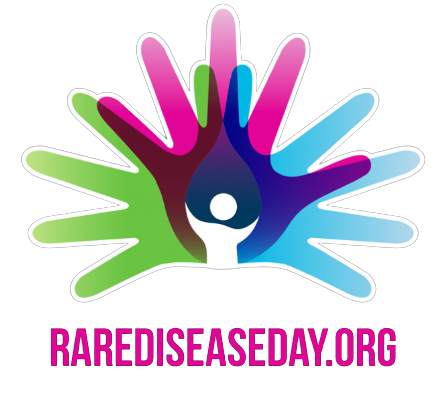February 2023 Newsletter
Show A Little Love For Your Pancreas
The pancreas is responsible for manufacturing insulin, digestive enzymes and other hormones that play a pivotal role in overall health. Despite this, it is an often overlooked organ. Because serious issues may present as mild or common symptoms, many people ignore key signs that there is an underlying problem in their pancreas.
Due to having a significant impact in digestion and management of blood sugar, even slight inflammation can have a domino effect on weight and energy levels. In addition, almost all of the pancreas (85%) consists of exocrine tissue that produces pancreatic enzymes for digestion (Pandol SJ 2010). Issues in the exocrine pancreas can lead to malnutrition, complications, and poor quality of life.
The pancreas is essential for regular digestive and hormonal functions and if it is not functioning properly patients can become reliant on pancreatic enzyme replacement therapy and/or become diabetic. So put a little love in your pancreas this February. Avoid smoking and alcohol use, consider a low-fat diet to minimize the risk of pancreatitis, and drink lots of water to ensure you and your pancreas have a long and happy life together.
February 28th: Spread Awareness for the Rare Disease Community
Rare Disease Day is the globally-coordinated movement on rare diseases, working towards equity in social opportunity, healthcare, and access to diagnosis and therapies for people living with a rare disease. Observed every year on February 28 (or 29 in leap years)—the rarest day of the year. Rare Disease Day is set up and coordinated by EURORDIS and 65+ national alliance patient organization partners.
Rare Disease Day provides an energy and focal point that enables rare diseases advocacy work to progress on the local, national and international levels. Since its creation in 2008, Rare Disease Day has played a critical part in building an international rare disease community that is multi-disease, global, and diverse– but united in purpose.

Pancreas Highlight – Diagnosis of Gastrinoma
Measuring at approximately 6 inches, situated behind the abdomen, the pancreas is most often prone to inflammation in the form of pancreatitis. However, the organ can also be subject to tumors and genetic diseases. Among these is Zollinger-Ellison Syndrome (ZES), a rare condition in which one or more tumors grow in the pancreas or in the upper part of the small intestine.
The tumors associated with ZES are gastrin-producing neuroendocrine tumors (gastrinoma). These tumors grow in the pancreas or upper part of the small intestine and can occur at any point in life. Gastrinoma’s secrete excessive levels of gastrin (hence they are referred to as gastrinomas). Gastrin, a hormone that stimulates the production of gastric acid in the stomach, is normally released after eating in order to help break down food and liquid in the stomach. However, excessive secretion of gastrin from the gastrinoma triggers the stomach to make extra gastric acid. The extra acid causes peptic ulcers to form in the duodenum and elsewhere in the upper intestine. Besides causing excess acid production, the tumors are often cancerous. Although the tumors tend to grow slowly, the cancer can spread elsewhere — most commonly to nearby lymph nodes or the liver.
Symptoms
ZES signs and symptoms are similar to those of peptic ulcers. A dull or burning pain felt anywhere between the navel and mid-chest is the most common symptom. Other symptoms include diarrhea, mild-severe abdominal pain, bloating, burping, steatorrhea, nausea, vomiting, weight loss, and poor appetite.
The incidence of gastrinoma, which can cause Zollinger-Ellison syndrome, is approximately 0.05 – 0.2 per 100,000 individuals worldwide. Early detection generally results in more than 80% survival at 15 years.
Click here for the ZES Test Protocol.
Conference Update

January 26 – 29 | 2023 Cedars-Sinai International Endoscopy Symposium | Cedars-Sinai Harvey Morse Conference Center | Los Angeles, CA
The weather cleared up just in time for the 2023 Cedars-Sinai International Endoscopy Symposium in January. We were particularly interested in the Pancreatic Cancer session, Performing EUS for PDAC: beyond diagnostic indications,
With ChiRhoStim, physicians are able to get visual pictures of the pancreas and ductal structures with EUS and quantitative measurement of the pancreas with Secretin stimulation from the pancreatic fluid and bicarbonate.
Future Events
February 26 – March 03
2023 Society for Abdominal Radiology Annual Meeting | Fairmont Austin | Austin, TX
Contact Wade Schoenecker for more information on where to find us!
